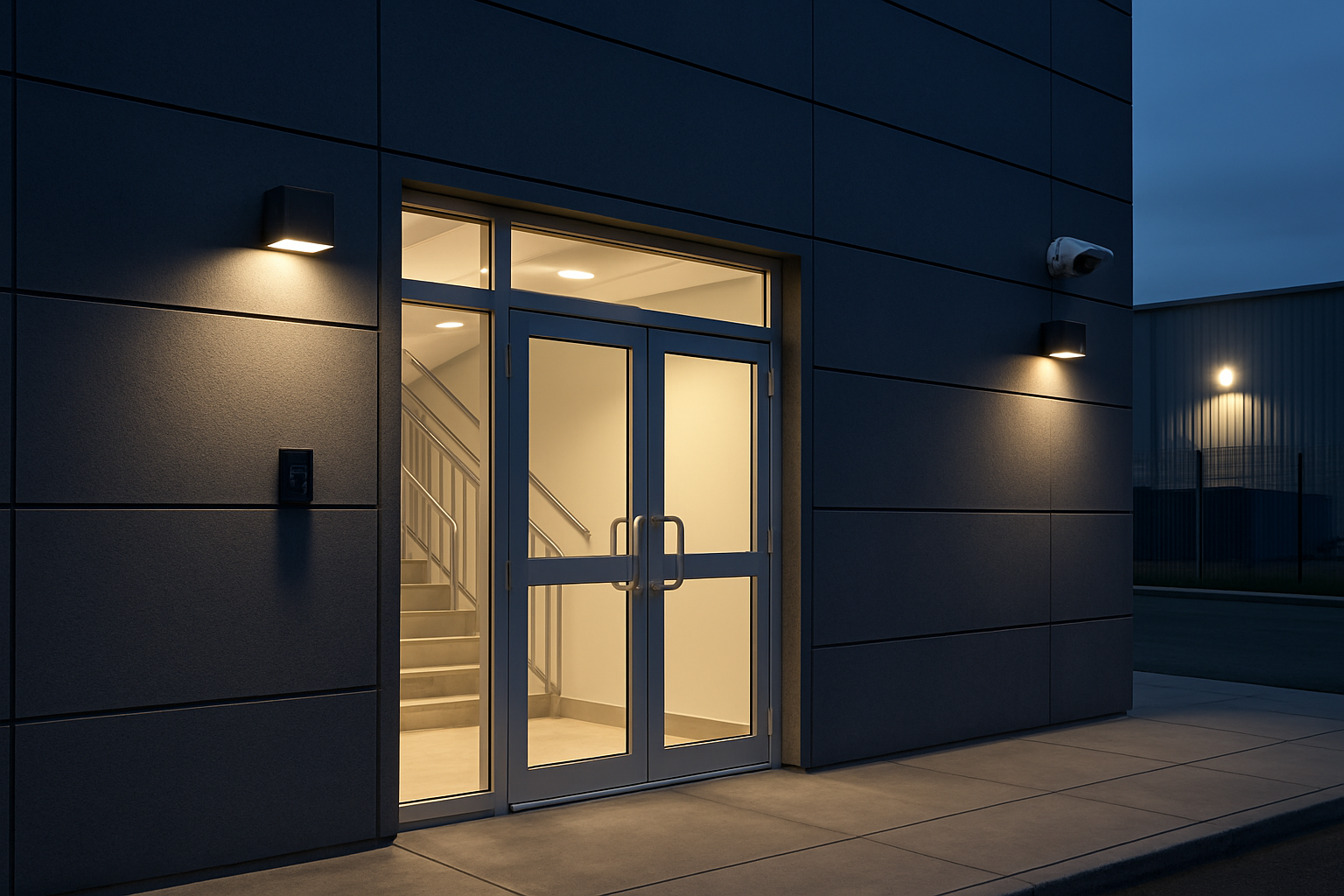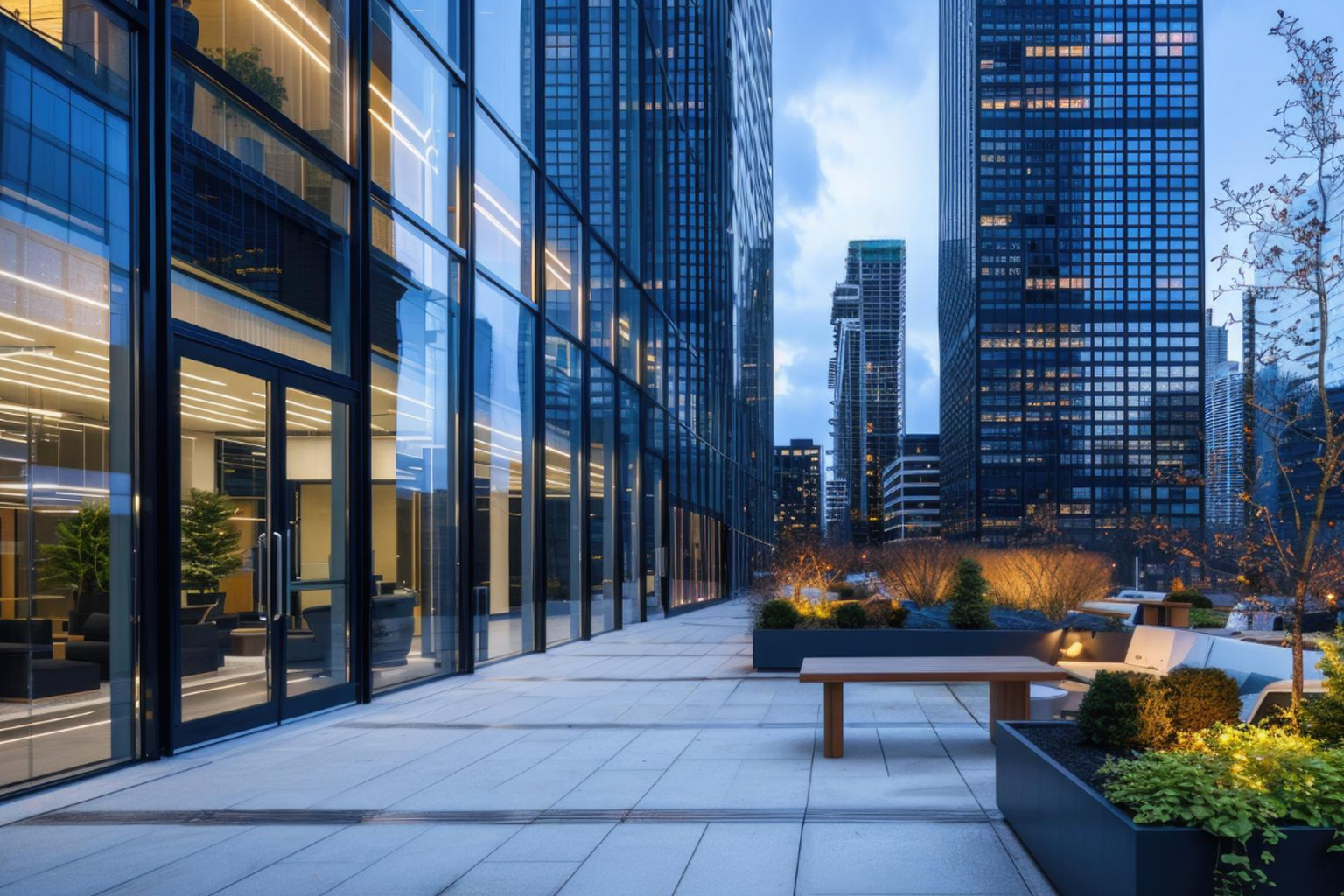HOW TO SECURE ACCESS TO A BUILDING?

Risk assessment
The first thing to know, once you've discovered what access control is for, is that it's essential to understand the specific risks associated with buildings. Risk assessment involves identifying a building's vulnerabilities by analyzing its weak points. This helps to anticipate and prevent potential problems or accidents.
To carry out a complete assessment, it is necessary to carry out an analysis of existing security schemes, such as the presence and operation of fire alarms, surveillance cameras or secure access systems. This analysis will also help identify any gaps in these systems, and thus enhance the building's protection.
What's more, when assessing the risks associated with a building, it's vital to take external factors into account, such as geographical location. Indeed, some locations may be more exposed to certain natural threats (such as floods or earthquakes) or human threats (such as theft or intrusion). These external factors must therefore be taken into account in the risk assessment, so as to best adapt the preventive measures required to protect the building.
So, by fully understanding these specific risks and clearly identifying vulnerabilities, it will be possible to improve the overall safety of the building, while guaranteeing its longevity. As the saying goes, "Prevention is better than cure".
What are the different access control systems?
There are several access control technologies available for building security. Among the most common are biometrics, RFID cards and PIN codes. Biometrics use unique physical characteristics, such as fingerprints or facial recognition, to identify and authorize access to authorized persons. RFID cards use a microchip embedded in a card or badge to unlock doors close to the corresponding reader. PIN codes, on the other hand, require the entry of a specific numerical code to gain access to a building.
Each system has its own strengths and weaknesses in terms of security and convenience. Biometrics offers a high level of security, as it is based on unique physical characteristics that are difficult to forge. However, it can be costly to set up and sometimes requires regular maintenance.
RFID cards are easy to use and can be quickly deactivated if lost or stolen. However, they can also be copied or used by someone who has illegally obtained a valid card.
PIN codes are simple to set up, but present a potential risk if the code is divulged or easily guessed by others.
How to choose the best system?
When choosing the access control system that best meets the specific needs of a building, it's important to consider several factors, such as the level of security required, ease of use and access management. A thorough study of the advantages and disadvantages of each technology is recommended to make an informed choice.
It may also be advisable to consult a security expert for advice tailored to the building's characteristics and specific needs. At the end of the day, it's essential that the system chosen offers adequate protection while being convenient to use for the building's occupants.
Modern technologies for secure access
A range of modern technologies can be integrated to enhance the building's technological security. Video surveillance provides continuous monitoring of the building's perimeter, and is an effective deterrent to intruders. Facial recognition can be used to control access to certain sensitive areas of the building by automatically identifying authorized persons.
Access management can also be improved with these modern technologies. Electronic access control systems enable centralized management of authorizations, and facilitate rapid revocation when necessary.
IoT (Internet of Things) technology offers new possibilities for enhancing access security. Connected devices can be used to remotely monitor and control building access. For example, a mobile app can enable authorized occupants to unlock doors using their smartphone.
By integrating these modern technologies into the building's overall security system, it is possible to significantly improve protection against intrusion and potential risks, while offering more efficient access management.
Trust Prastel, the access control specialist
Drawing on its experience and expertise in the field of access control, Prastel offers a complete range of solutions to meet the specific needs of buildings. You'll find a variety of products and technologies to enhance physical and technological security, such as the M2000-BT stand-alone control unit, RADIOKEYD+ or the MT50000 range of centralized systems.
What's more, when you choose Prastel, you benefit not only from technical know-how but also from responsive, professional customer service. Their experienced team is on hand to advise you on the best solutions for your specific needs.
Trust Prastel to provide optimum security for your building!
To find out more, don't hesitate to contact us.
Prastel latest news
Discover the latest blog posts on automation and safety.
DISCOVER OUR LATEST CATALOG

.webp)





